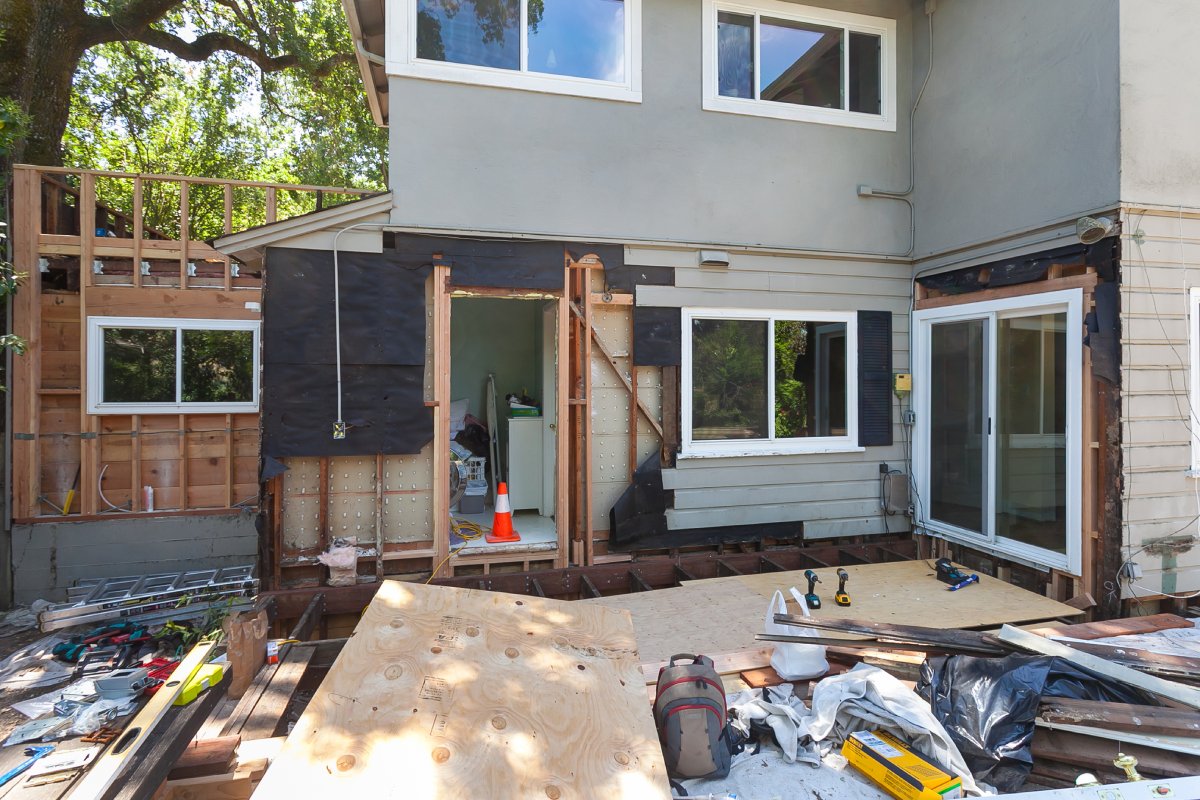
I tell my clients all the time that in my 5+ years of helping people buy and sell, I’ve never seen an inspection report come back completely clean. An inspector will find something “wrong” with every home—even ones that have been meticulously cared for—because that’s their job. My job as a real estate agent is to help them decipher which issues are deal breakers, which can be tackled after closing, and which are just quirks to know about the new house moving forward.
Typically, though, I can say with certainty that there is one thing I always flag when I see it come up on an inspection report: water damage.
Any kind of water intrusion is a red flag because it signals that 1) water has made its way where it shouldn’t have and 2) water will continue to make its way where it shouldn’t have. And wherever there’s water where it shouldn’t be in a home, you can usually bet that bad things will follow, like rot and mold.
So, how can homeowners be diligent about water intrusion? Here are the 5 tips I give my clients:
1. Keep water away from your foundation
Strategic landscaping can play a significant role in preventing water damage. Make sure to grade the soil away from your foundation to promote proper drainage. Plant trees and shrubs at a safe distance from the house to prevent roots from damaging the foundation and be sure to trim back any landscaping making contact with your home’s exterior. Use mulch to retain moisture in the soil, which will help in preventing erosion.
2. Maintain paint on any exterior wood to deter rot
Chipping paint on any of your home’s wooden exterior surfaces should be dealt with immediately. Full stop.
3. Address any leaks ASAP
Check regularly for leaks in plumbing, roofs, and windows. Identify and address issues promptly to prevent small problems from escalating into major water damage incidents. For an added layer of protection, you can also install a leak detection system which will alert you if it detects water where it shouldn’t be.
4. Put a pan under your washer in case of overflow
Your washing machine poses one of the greatest threats when it comes to flooding in the home. A faulty washing machine hose can cause thousands of dollars of damage in just a few moments, but even a small leak from an upstairs laundry room can be expensive if not caught early. A drain pan slides under your washing machine and provides the first line of defense against leaks, accidental spillage or anything that might drip from your washing machine—including condensation.
5. Invest in basement waterproofing, if necessary
Basements are particularly vulnerable to water damage. Invest in proper basement waterproofing measures, such as sealing foundation cracks, installing a sump pump, and applying a waterproof coating on basement walls. These steps can prevent water infiltration and protect valuable belongings stored in the basement.
If you’re ready to sell and are worried about water damage, there are options! Give me a call or send me a text: 317-379-7720
Social Cookies
Social Cookies are used to enable you to share pages and content you find interesting throughout the website through third-party social networking or other websites (including, potentially for advertising purposes related to social networking).